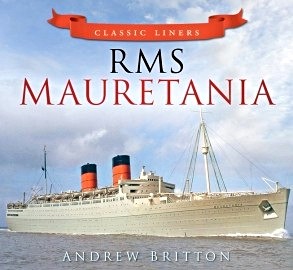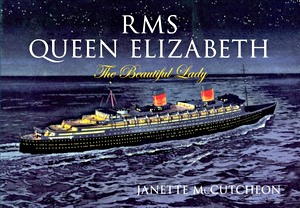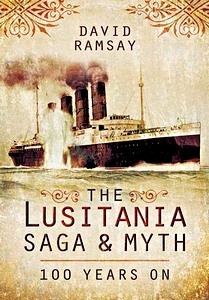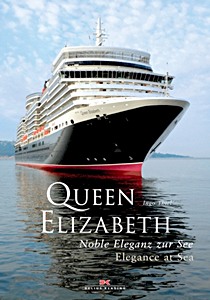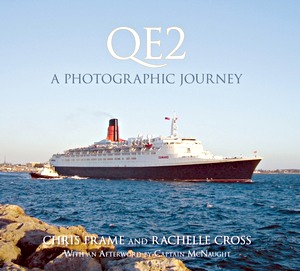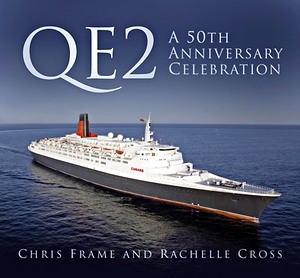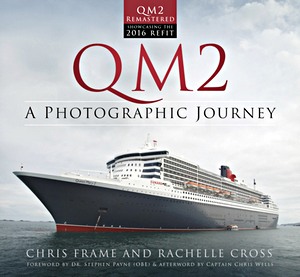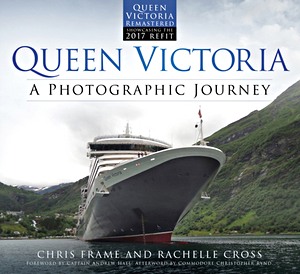RMS Caronia - Cunard's Green Goddess (Classic Liners)
Painted in shades of green and known affectionately as the 'Green Goddess', Cunard's Caronia of 1949 ushered in the era of modern cruising. Designed almost exclusively for an untapped passenger market - luxury cruising - she represented Britain's recovery and moreover the rebirth of the world's maritime industry after the devastation of the Second World War.
With such illustrious Cunard predecessors as the Queen Mary, the ill-fated Lusitania, and the record-breaker Mauretania, Caronia was an instant favourite with the world's rich and famous. She gathered an exclusive, often American, clientele - the 'mink and diamonds set' - who sailed on her year after year.
Many passengers lived on board for years, giving her the air of an ultra-wealthy country club. Yet she ignominiously met her end while under tow to the breaker's yard, ending up on the rocks at Guam after running aground during a typhoon. Her subsequent salvage was the largest ever undertaken by the US Army Corps of Engineers.
Illustrated with previously unpublished photographs and rare memorabilia, including work from maritime artist Robert Lloyd, this history of one of Cunard's most beloved liners is a must for all those who fondly remember the 'Green Goddess'.
Details
| Autor: | William H. Miller, Brian Hawley |
|---|---|
| Ausführung: | 96 Seiten, 22.5 x 25 x 0.7 cm, kartoniert |
| Abbildungen: | illustriert |
| Verlag: | The History Press Ltd (GB, 2011) |
| ISBN: | 9780752457918 |
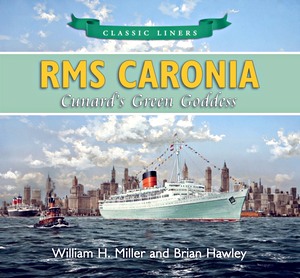
RMS Caronia - Cunard's Green Goddess (Classic Liners)
Sprache: Englisch
Erhältlich bei Amazon - sichere Zahlung und schnelle Lieferung
Kaufen bei Amazon DE
